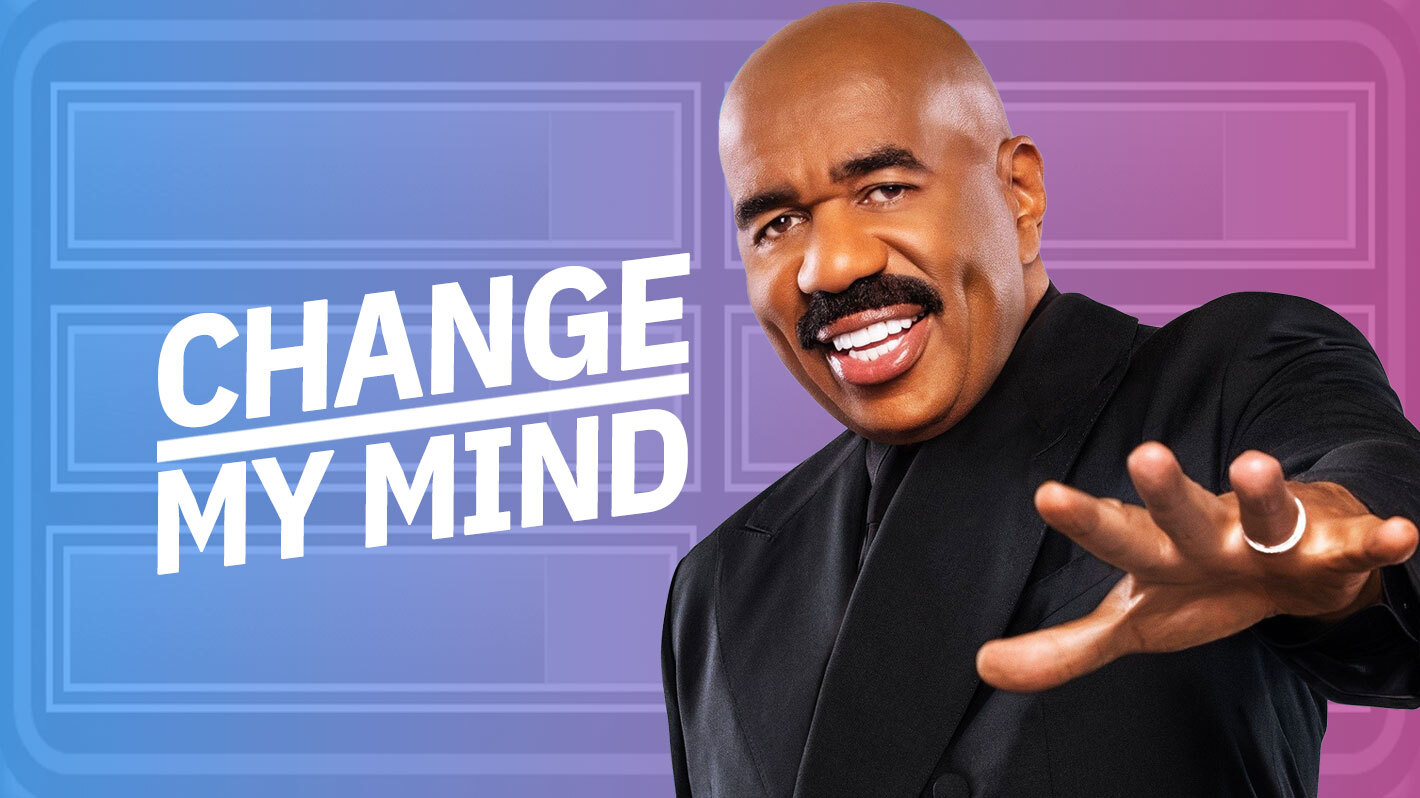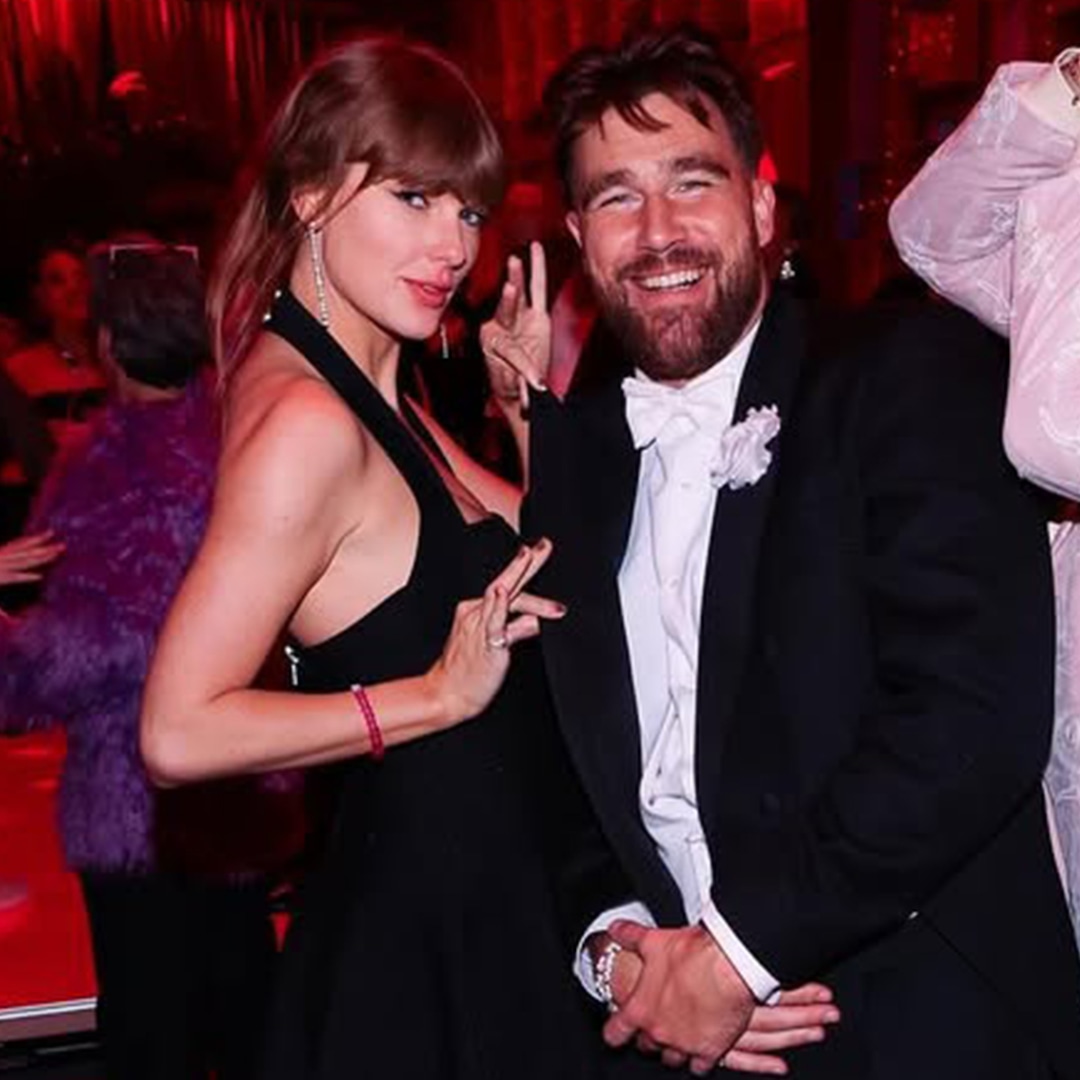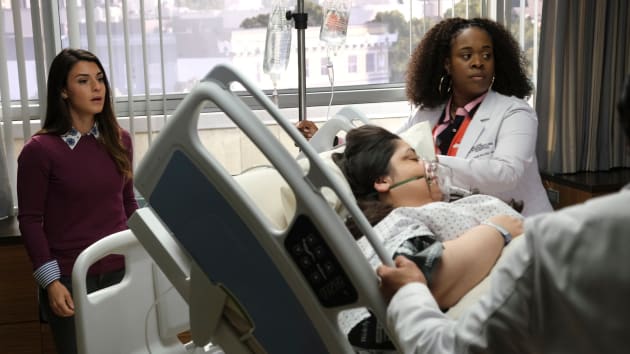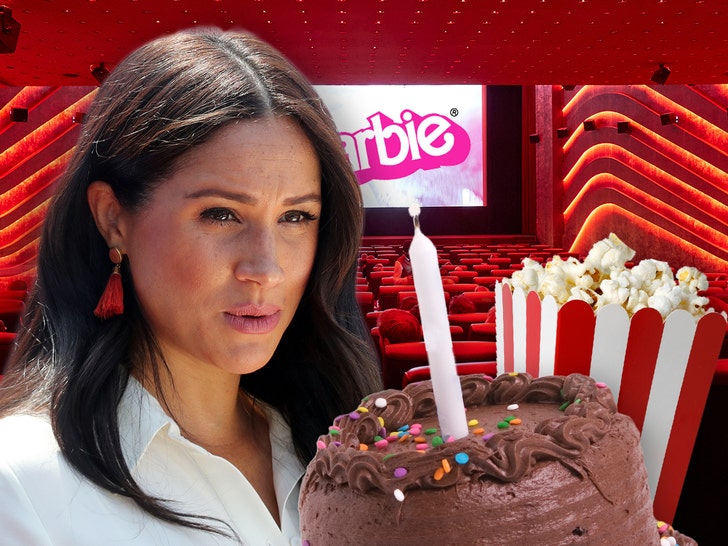The image above is one of the only shots of Ahsoka Tano in the sixth episode of Star Wars: Ahsoka. After this week’s installment’s opening scene, Rosario Dawson is never seen again. The other characters mention Ahsoka a handful of times, but beyond exchanging a couple lines of dialogue with her droid Huyang, she is a total non-factor in this episode.
That follows Episode 5 of Ahsoka, “Shadow Warrior,” in which most of the series’ main characters other than Ahsoka were absent. In that installment, Ahsoka is transported to a mysterious dimension where she encounters her old (and dead) former Jedi Master, Anakin Skywalker. Although “Shadow Warrior” included a few cutaways to Hera’s search for Ahsoka, what was going on with the rest of the cast — including Sabine Wren, Baylan Skoll, Shin Hati, and Morgan Elsbeth — was left totally unknown.
In a vacuum, these were among the stronger episodes of Ahsoka so far. But that’s part of the problem; each individual episode feels like it exists in a vacuum, separate and distinct from the others in the series. Even when interesting things happen on Ahsoka — and this episode featured tons of fun, quirky Star Wars textural details like the graveyard of space whale bones and the giant dog alien called a “howler” that Sabine strikes up a friendship with — the show itself is so glacially paced that it’s impossible to get invested in its story. And a lot of the pacing issues, not only on Ahsoka but several other recent Star Wars Disney+ series, have shared this same issue: A bizarre and baffling lack of cross-cutting and parallel editing.
READ MORE: Star Wars: Ahsoka Is Focused on the Wrong Character
Cross-cutting is one of the oldest film editing techniques. It was pioneered by silent filmmakers like D.W. Griffith, who recognized that cutting between two different actions taking place in two separate locations created the impression in the audience’s mind that the two separate sequences were occurring simultaneously (i.e. they were happening “parallel” to one another).
Early film pioneers also recognized that cutting back and forth between two parallel incidents was a great way to generate tension and suspense. Instead of just showing, say, a woman being tied to a train track by a mustache-twirling villain, you cut from the woman being tied to the tracks to the train conductor asleep at the controls to the hero racing on horseback to the rescue. Will the woman break free? Will the conductor wake up in time to hit the brakes? Will the hero make it to the woman before the train? Cross-cutting keeps you invested in all of those questions, and keeps you engaged in all three sequences.
This sort of editing not only enhances plot, it can deepen a film’s themes and ideas, by creating connections between characters, places, and concepts via juxtaposition. In the hypothetical example of the stereotypical silent movie plot of a damsel tied to train tracks: Imagine if the hero racing to the rescue had been a train conductor but was fired from his job for protesting his employer’s poor work conditions. Cutting from him to the train conductor asleep at the wheel would emphasize the dichotomy between the hero’s brave deeds and the railroad company’s negligent business practices. These are basic concepts, but they have worked their near-subliminal magic on audiences for over 100 years.
But for reasons I cannot understand, the Disney+ Star Wars series seem increasingly uninterested in this fundamental storytelling technique. Think of The Book of Boba Fett, where the entire show and its ongoing plot about Boba Fett’s rise to power on Tatooine was interrupted for an entire episode where the Mandalorian, Din Djarin, suddenly became the focus as he tracked down his Mandalorian sect, fought over the Darksaber, and debated whether to retrieve his former companion Grogu from the Jedi Temple where he was learning the ways of the Force. Book of Boba Fett didn’t add Mando to its mix of ongoing stories; it temporarily replaced its ongoing mix of stories with Mando’s when he showed up. (Boba Fett actor Temuera Morrison later said it was “painful” to watch his character get sidelined on his own show.)
Mando’s subplot on The Book of Boba Fett was especially strange because it seemed purposefully designed to avoid even more cross-cutting on The Mandalorian Season 3. That show’s second season finale left ended with a major cliffhanger: Grogu leaves Mando to train with Luke Skywalker at the Jedi Temple. The Mandalorian Season 3 could have then followed Mando and Grogu in parallel for a while, cutting between their separate lives to show why they needed each other, leading to an emotional, eventual reunion. Instead, it quickly brought them back together on The Book of Boba Fett, before Season 3 even began.
These shows’ frustratingly straight-forward plot structures are particularly strange given the fact that great parallel editing has been part of Star Wars’ core DNA for decades. Think of The Empire Strikes Back, where the narrative splinters the core group of heroes and sends them off on separate quests; Luke and R2-D2 go to Dagobah to train with Yoda, while Han, Leia, Chewbacca, and C-3PO must escape Imperial forces and travel to Cloud City for refuge.
Empire repeatedly bounces back and forth between the two parallel stories; Luke and his training, Han and Leia on the run, falling in love. As Darth Vader closes in on Han and Leia, the cutting increases and so does the tension: Will Luke leave his Jedi training prematurely just to help his friends? Will he make it back in time to save them at all? Now imagine how the movie would play out without cross-cutting; if Empire had followed only Luke and Yoda for 30 minutes, and then cut over to Han and Leia for the next 30 minutes.
If you rearranged The Empire Strikes Back in that way, it would still contain all the same scenes, all the same witty dialogue, all the same memorable character beats. But the drama, the anxiety, the suspense would be dissipated. It would be a totally different and distinctly inferior experience.
The people making these Star Wars shows are talented, experienced artists; and they previously made the outstanding early seasons of The Mandalorian. So I have to assume only showing Ahsoka one week and then only showing Sabine the next is a deliberate stylistic choice — just one whose purpose I cannot discern.
When The Mandalorian Season 3 concluded, I wrote a piece about how the season wasn’t necessarily bad, but it was dominated by creative decisions that I found bizarre and confusing — and with only two episodes left of Ahsoka, I feel much the same way. There are parts of this show that are really impressive; the production and character design are gorgeous, and I’m intrigued by its coven of evil Force witches, even if I mostly do not understand where they came from or what they want.
And yet once again, my main reaction to a Star Wars show, week after week, is bewilderment. Ahsoka episodes are typically only 30-40 minutes, and yet without cross-cutting they often feel twice that length. These editing concepts are not novel; cross-cutting was invented a long time ago. Just not, apparently, in a galaxy far, far away.
Sign up for Disney+ here.

Actors Who Were Wasted in Star Wars Roles
These wonderful stars have appeared in Star Wars movies and shows, but only in parts so small they left us disappointed.


























































![Mason Ramsey – Twang [Official Music Video] Mason Ramsey – Twang [Official Music Video]](https://i.ytimg.com/vi/xwe8F_AhLY0/maxresdefault.jpg)




















